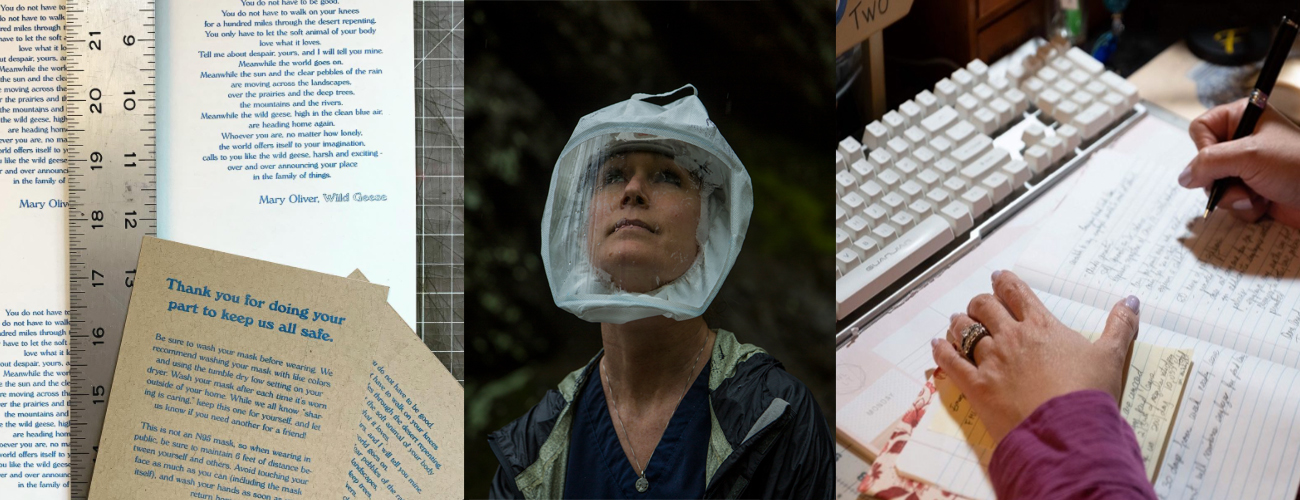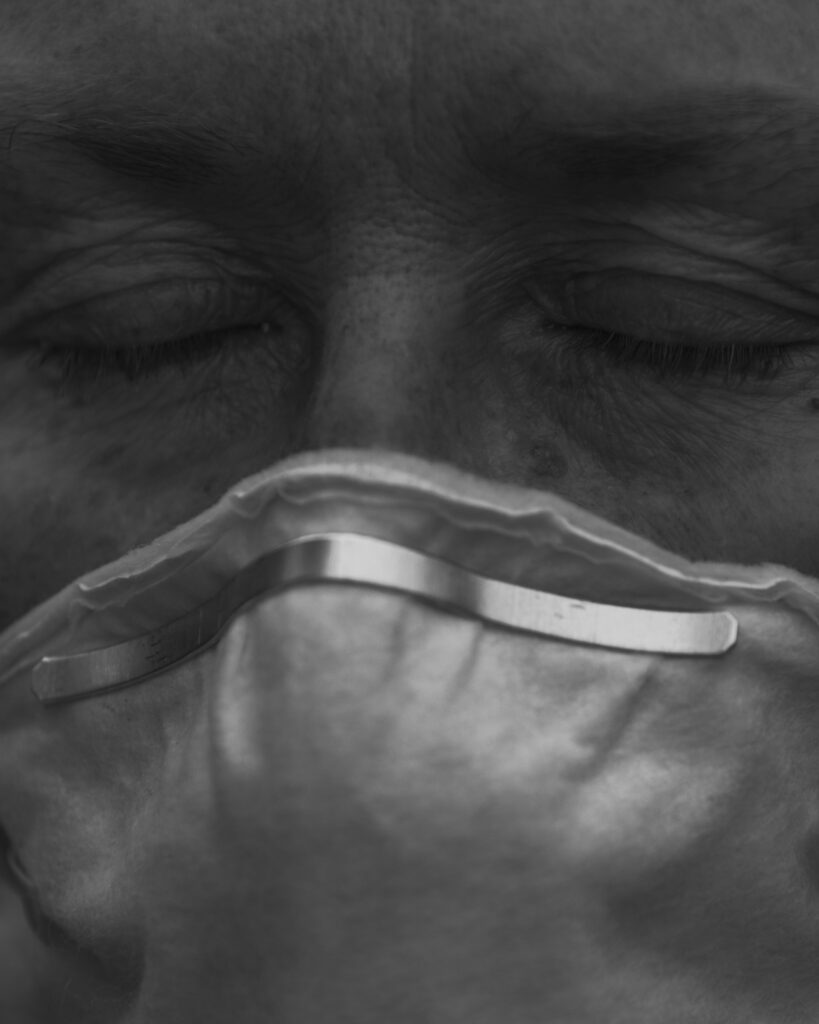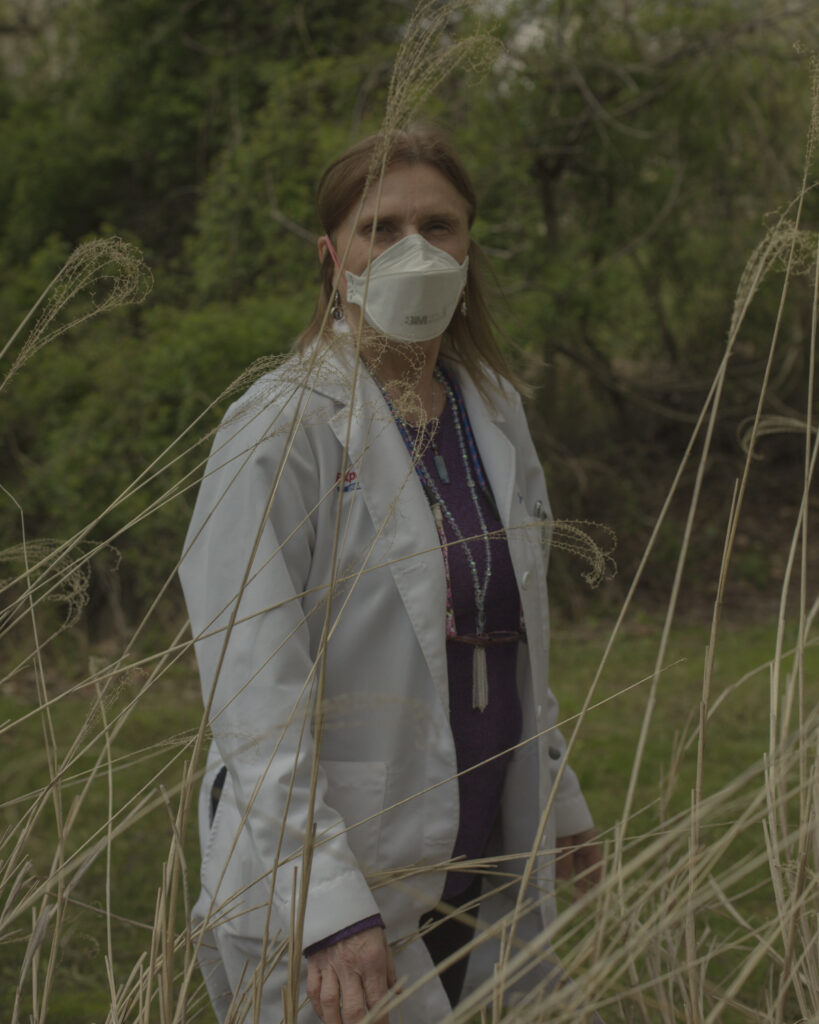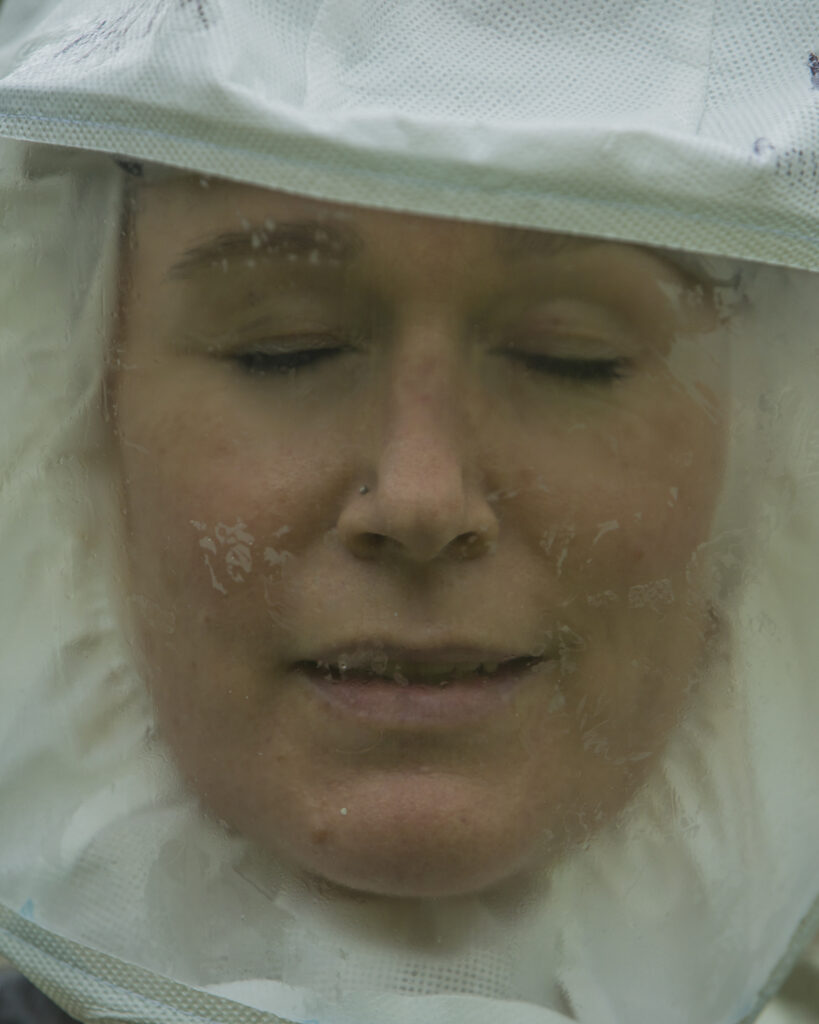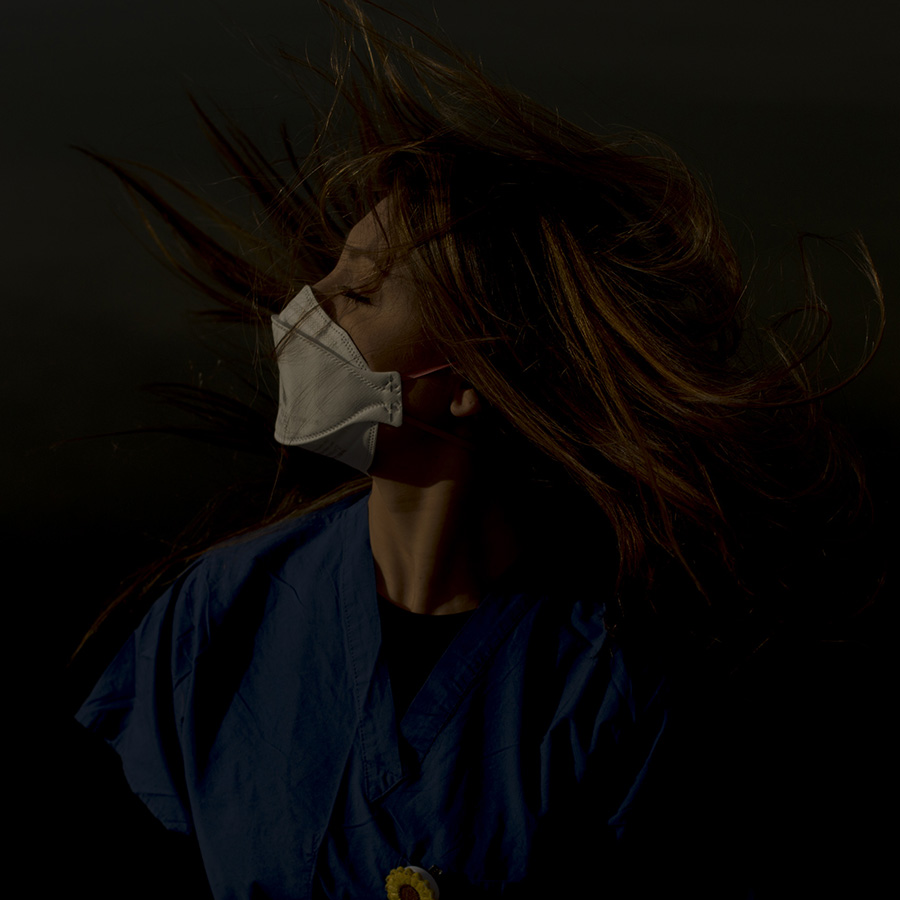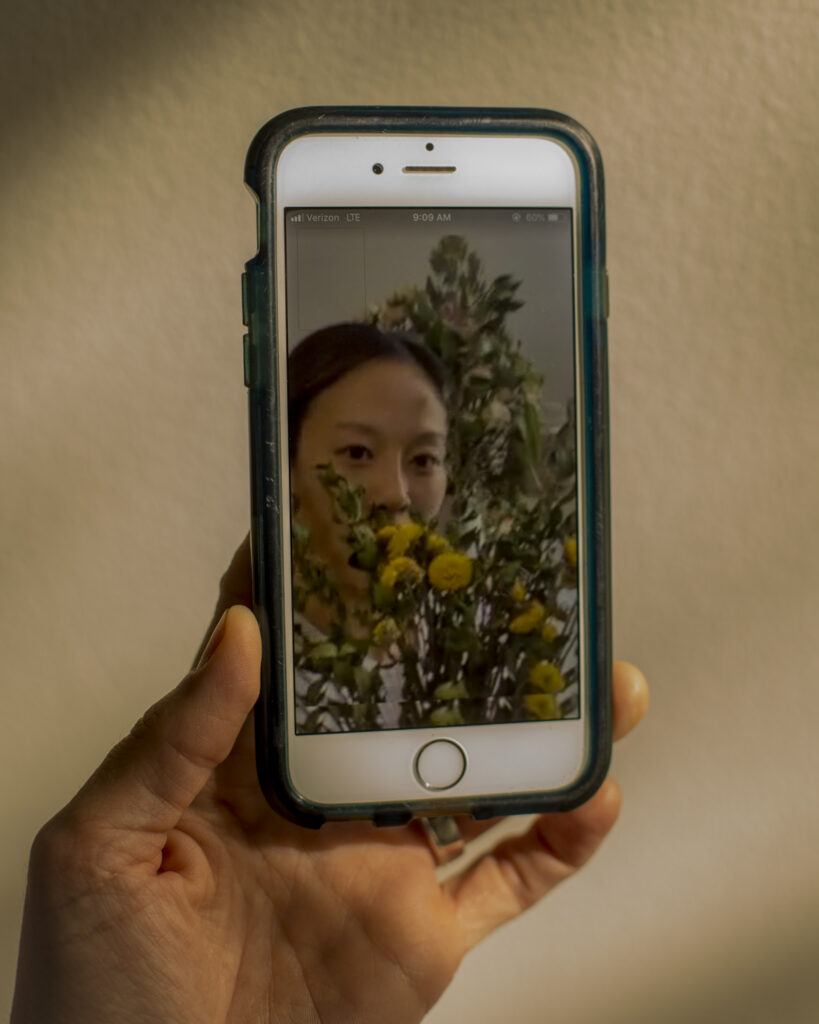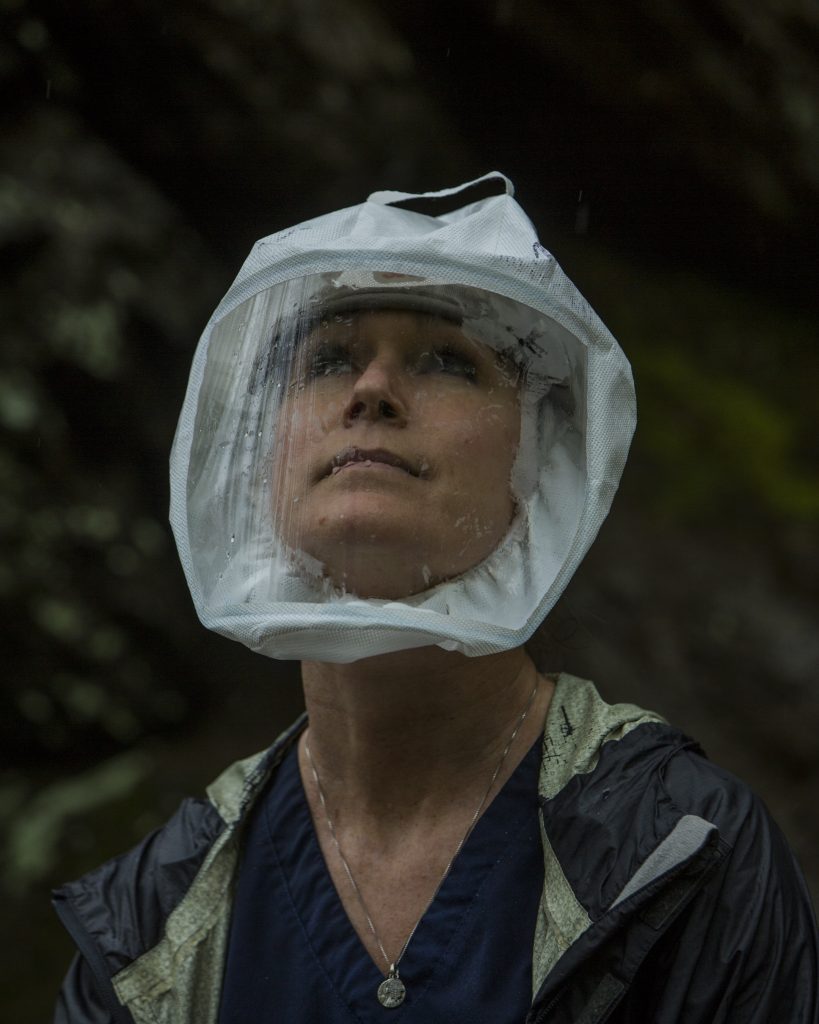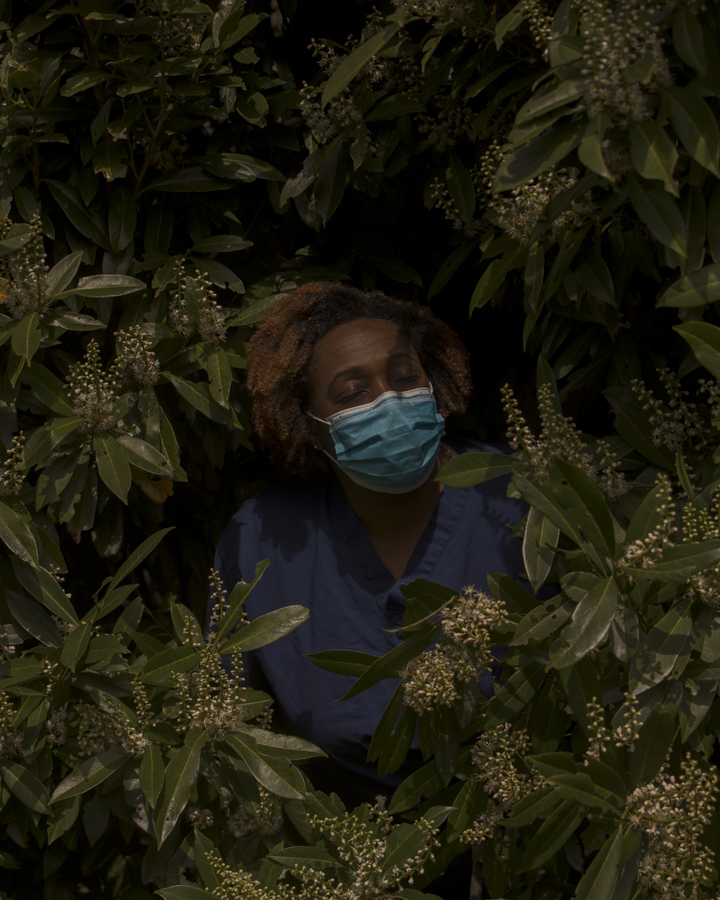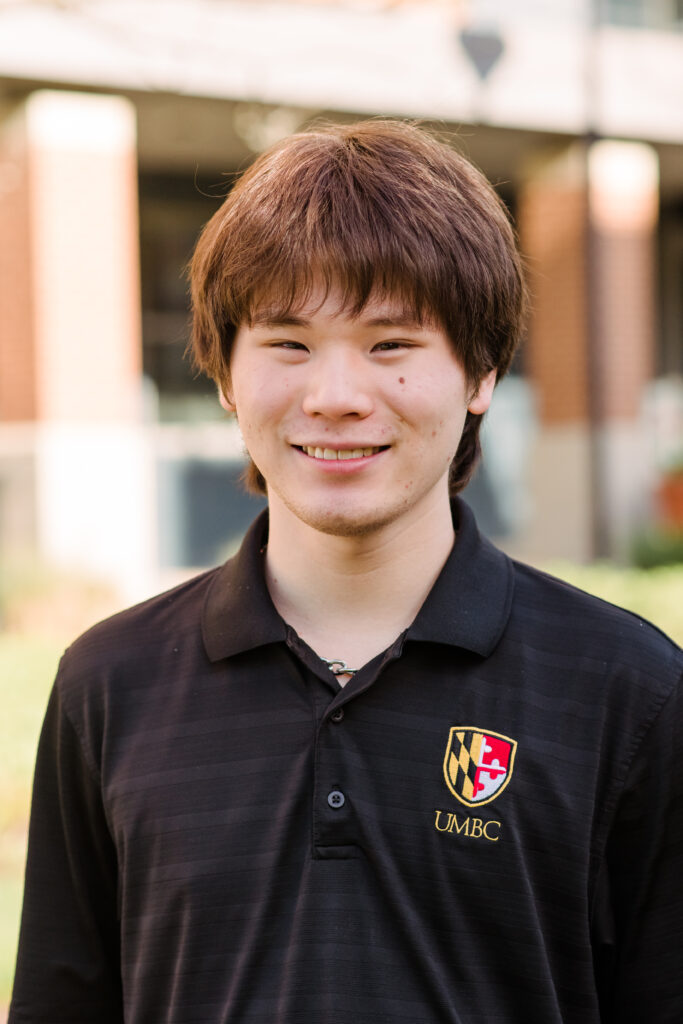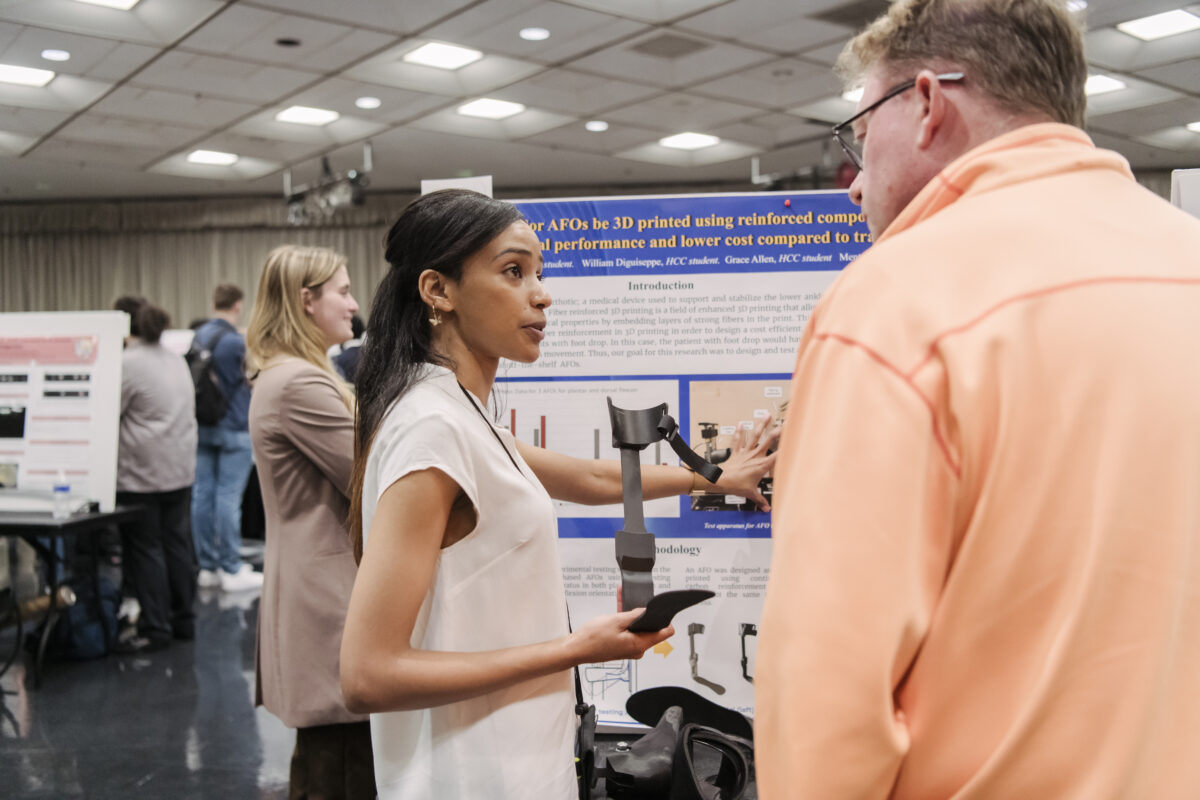At times of momentous change some take solace in creating. The UMBC community is no exception, adding to a long history of artists and writers recording everyday life during pandemics. From writing diaries and journals to creating art books and developing archives, Retrievers are finding ways to continue to support and create community during the COVID-19 pandemic.
“We rely on scientists, policy makers, and government officials for information,” explains Amy Froide, professor of history, who researches 17th century Britain, including the last great plague epidemic of 1666.
“We need this information. However, it is artists, writers, painters, and musicians who help us understand and process our daily life during this unprecedented time.”
Historians turn to journals and diaries written during the plague of the 17th century in Britain because they painted a picture of everyday life. Artifacts that chronicle how people live, feel, and react to a catastrophic event on a daily basis help us understand the devastating effects across different sections of society. These mundane acts were as important to understanding the impact of a devastating time as were major headline stories.
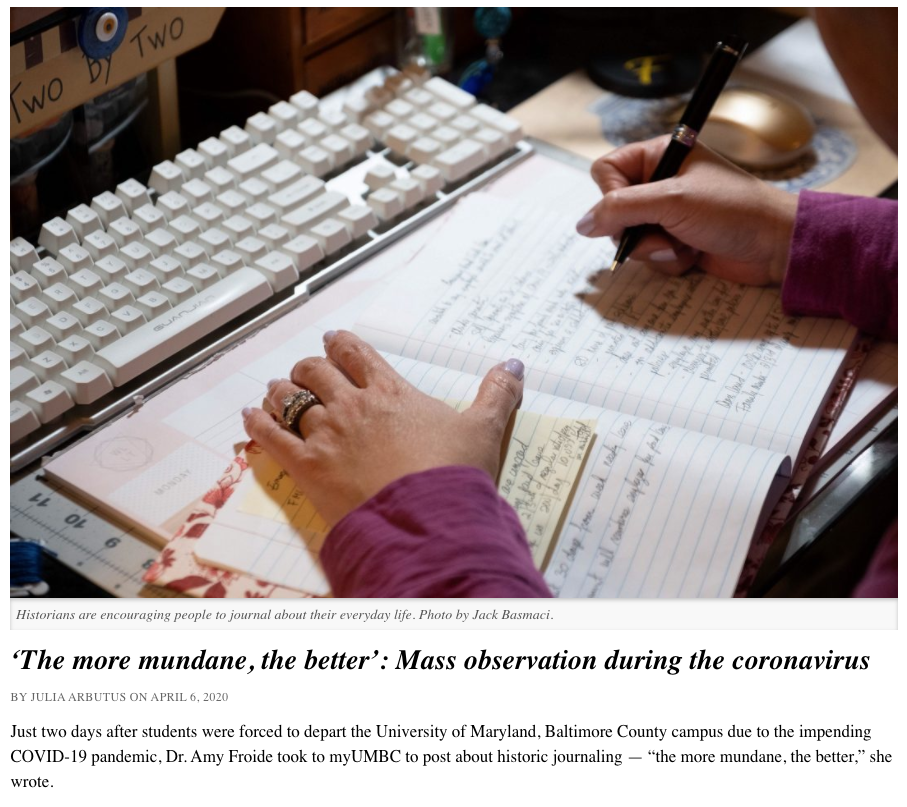
Early on in the pandemic, Froide encouraged her students and colleagues to document the COVID-19 era through journals and diaries of their own to help future historians understand how daily life changed. Julia Arbutus ’20, English and financial economics, the editor of The Retriever, was inspired by Froide’s post and wrote, “‘The more mundane, the better’: Mass observation during the coronavirus.”
“The arts and the humanities are what we depend on to sustain us,” says Froide.
Paying homage
Jill Fannon, MFA ’11, intermedia and digital arts, is trying to balance the fine line between being a partner, mother, independent professional photographer, and a concerned citizen living within a global pandemic. At the beginning of the stay-at-home orders she took pictures of her family and of artists from a distance, but it didn’t feel quite right.
“These small projects weren’t clicking for me,” says Fannon. “I realized that during this historic moment capturing the experience of health care workers would be very meaningful both in the short and long term.”
Fannon’s “Care In The Garden” is a series of photographic stories about women health care workers. Therapists, physician assistants, and nurses are captured in their uniforms with different types of personal protective equipment in nature. Capturing the workers in nature serves as a contrast between a sterile and structured medical environment with the natural blooming world of spring. It also serves as a reminder of places where we would usually enjoy breathing in the scents of new blooms but that now pose a threat with a virus that attacks the respiratory system.
The first set of images were compiled in Womanly Magazine, a Brooklyn, NY-based magazine dedicated to serving women and marginalized communities. The series also lives on Jill Fannon’s Photography website.
Another source of inspiration is Fannon’s family of first responders. Both parents served in Baltimore City and County. Her mother is a retired ICU nurse and her father a retired fire chief, while her brother is a Baltimore City fire chief.
“I wanted to document the people that were working really hard,” says Fannon. “It was a way to share the lives of workers whom the public was depending on and are taking extraordinary risks.” Fannon adds that growing up she remembers her mom taking nostalgic family portraits which she drew inspiration from as well.
In addition to documenting the pandemic, Fannon is also mobilizing fellow artists to give back to the community as a co-creator of Feral Kids – Benefits Maryland Food Bank. The project asks area artists to donate a print they created to sell online with 100 percent of the benefits going to the food bank. This endeavor is co-led by Nick Prevas ’03, visual arts, and has received support from Justin Plakas ’04, visual and performing arts, former student Kyle Hurley, Joseph Faura, M.F.A. ’11, intermedia and digital arts; and Carrie Rennolds, M.F.A. ’14, intermedia and digital arts.
Giving voice to the voiceless
Conor Donnan ’16, history, a doctoral student in history at the University of Pennsylvania, is taking a similar approach. He is the co-creator of the Coronavirus Chronicles: Sharing Stories Through Isolation, a large digital archive collecting diaries, stories, academic articles, video, photography, paintings, wall art, memes, lyrics, and social media from people who want to document and share their lives during the pandemic. The archive is managed by a team of historians and scholars from Singapore, China, the United Kingdom, Ireland, Hong Kong, Japan, and the United States.
Donnan researches the history of the relationship between Native Americans and Irish immigrants, a partnership that has typically not been included in history. “History is a dialogue,” says Donnan. “One of the main reasons for my academic career is diversifying the voices who are heard in these narratives.”
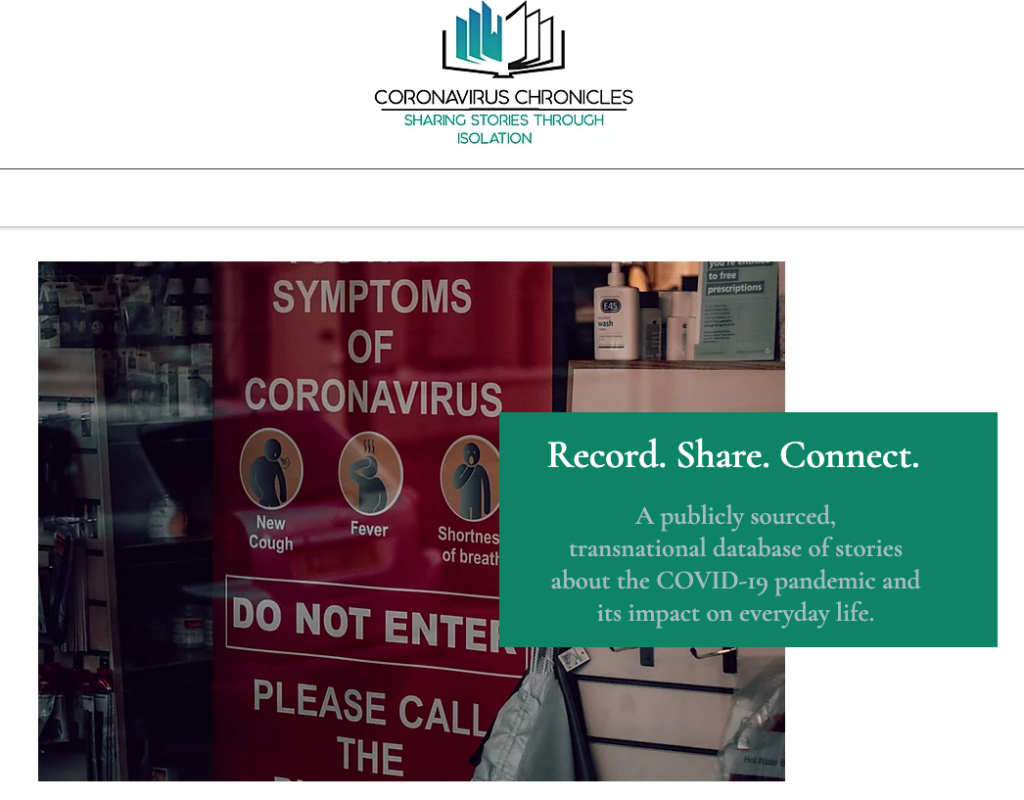
Donnan grew up in Northern Ireland during tumultuous times. After the conflict, he noticed that the history of Northern Ireland rarely included the accounts of everyday people who had to endure the violence, poverty, and famine. Donnan wanted to prevent this from happening during this COVID-19 pandemic.
“In the future, people are going to write about COVID-19 and they are going to analyze presidential speeches and CDC press releases,” explains Donnan. “This archive will be a place where people can now and later learn about what all kinds of people were thinking on the day-to-day. The ones the news and history books rarely document.”
Acknowledging the lost and found
Associate professor of media and communications studies, Rebecca A. Adelman, also took to the digital world, creating the Coronavirus Lost and Found archive. One of the topics that Adelman researches is the role of emotion in public culture, and the forms of suffering that often get overlooked in times of crisis.
“I am interested in non-spectacular forms of suffering. I wanted to capture the stories that would never make the news but still matter,” says Adelman.
The collection so far is as varied as its contributors. In “I Lost First Grade” a first grader talks about her sadness about missing math, her friends, and her beloved teacher. Another person shares their frustration about losing their most cherished “Alone Time;” and in “My [Health] Recovery, readers learn about the anger and hopelessness felt about losing access to doctors for ongoing recovery treatment. In Order and Time for Creativity, contributor Jason Tremblay writes about a “found”—time to be creative and embrace passions.
“I felt it was important to create a forum where people’s losses and finds could be recorded, shared, and acknowledged even if they seemed small in the greater scheme of things,” said Adelman.
Losing a conference, finding stories
Writing and reading stories to help us process what it’s like to live through a pandemic is a long-held practice. In 1348 during the Black Death, Giovanni Boccaccio, an Italian writer, wrote The Decameron, a story that tells of a group of people who told 10 stories a day for 10 days to pass the time during the bubonic plague. Kate McKinley, professor of English, explains how The Decameron revealed how different economic classes dealt with the Black Death in her article “How the rich reacted to the bubonic plague has eerie similarities to today’s pandemic.”
UMBC’s digital story working group in the humanities, led by Bill Shewbridge ’80, history, M.S. ’85, instructional technology, professor of the practice in media and communication studies, had originally planned a Digital Storytelling Conference in March with the University of Loughborough in the United Kingdom. When the conference was postponed, the group found an opportunity to start a Decameron of their own.
UMBC’s version is collecting 10 stories a week for 10 weeks during the COVID-19 pandemic. The stories in The Digital Decameron offer a space to document our current life through digital stories about any topic.
Charlotte Keniston, MFA ’14, intermedia and digital art, associate director of the Peaceworker Program, curated the second week. Over 7,000 Peace Corps volunteers had to be evacuated throughout the world and returned to their homes due to the pandemic, so Keniston used the platform to highlight the digital stories of returned UMBC Peace Corps Volunteers and the lessons their Peace Corps service taught them. All the videos record a meaningful event marking the first time they became truly aware of being a Peace Corps Volunteer either through a ritual they were invited to participate in, a meaningful conversation they had with local community members, or challenging experiences in a new culture.
Calling all artists
Visual artist Nicole Ringel ’19, M.F.A., intermedia and digital arts, and adjunct professor of visual arts, found herself in need of keeping and widening her artist community during the pandemic shelter-in-place orders. Ringel, who through her work investigates the layered historical and ecological nuances of shared landscapes, had one powerful tool to meet this goal—a risograph machine.
A cross between a silk screen press and a copy machine, the risograph is popular with artists for its ability to make high quality prints at low cost. She found herself equipped with a tool that could create a print book and serve as a platform for artists cut off from their creative communities. In the absence of being able to meet in person, the book would at least bring together their stories, poetry, and photography.
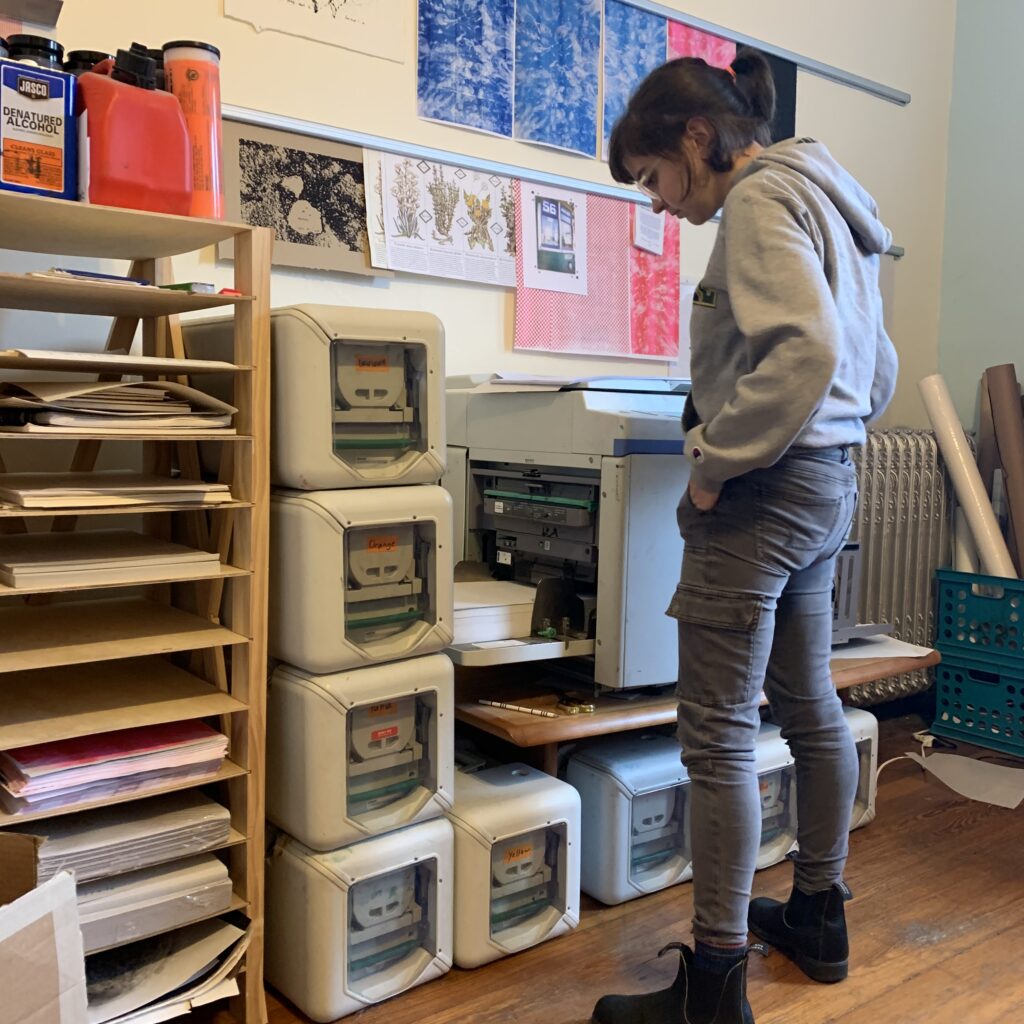
COVID Landscapes is the inaugural book of Ringel’s small press Sense of Press. Over forty artists share their perspectives on how home, work, and social environments have changed as a result of COVID-19. Ringel was inspired by the changes she experienced in her own spaces. Her house is now a work, classroom, and home space. She says that even mundane spaces such as the grocery store have changed. They are now charged with anxiety and fear of contagion.
“The book is a way to bring mindfulness into the act of creating things in the wake of all the systemic problems we face every day,” says Ringel. “It is about an exchange of art and labor, a vehicle that brings something precious that we can touch and feel, to remind us of the power of purposeful connection and community especially during a time of isolation and uncertainty.”
Header images, L-R: Nicole Ringel’s Covid Landscapes project, Jill Fannon’s “Care In The Garden,” and class journaling from The Retriever newspaper.
Share your own stories of Retriever Resilience by using the #UMBCtogether hashtag, and read more at umbc.edu/together.
Tags: Alumni, CAHSS, COVIDresearch, English, GraduateSchool, History, IMDA, Resilience, UMBCTogether

